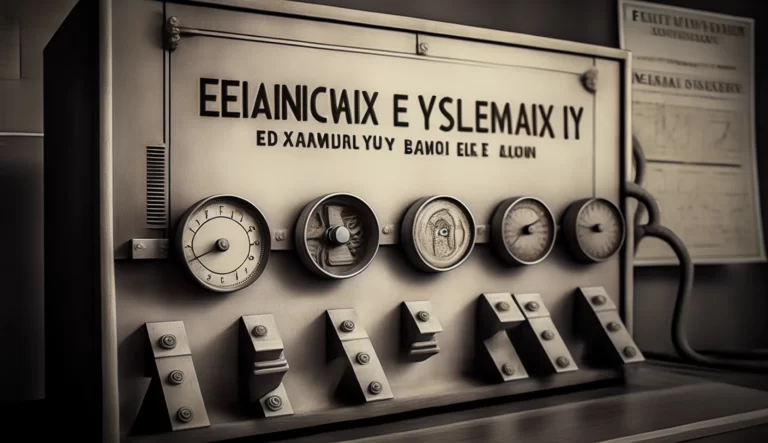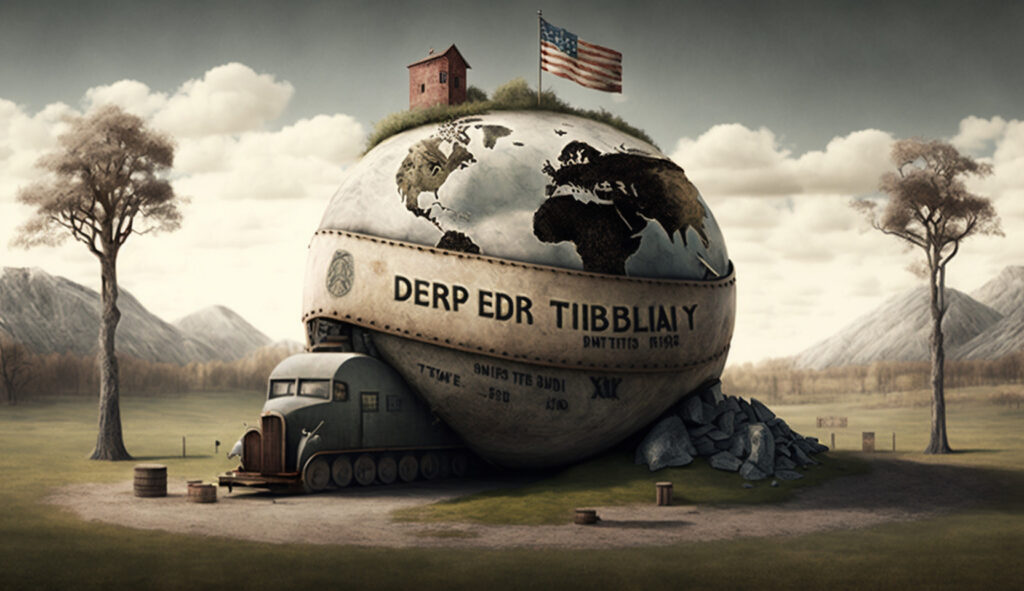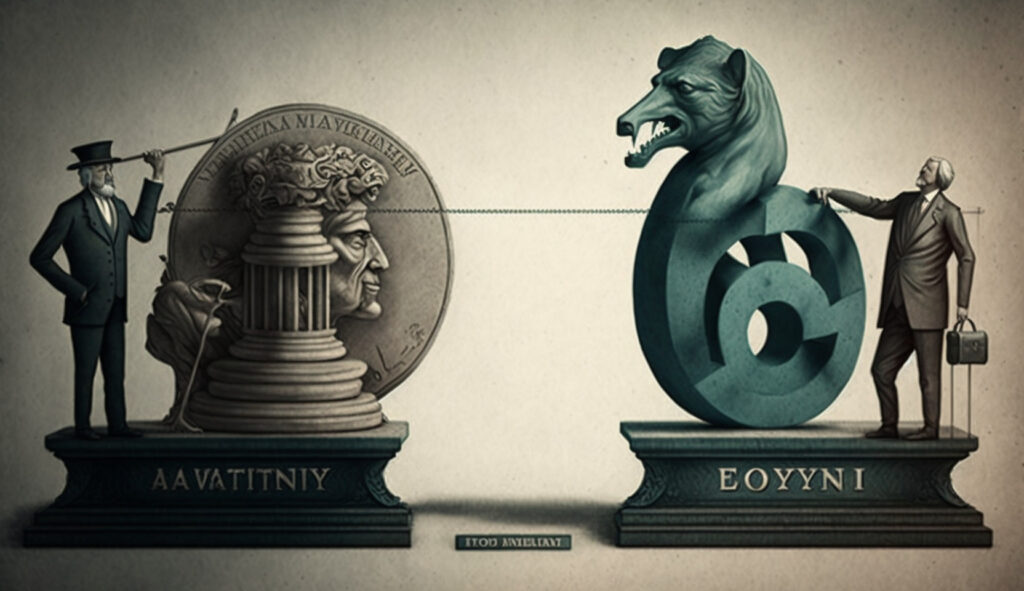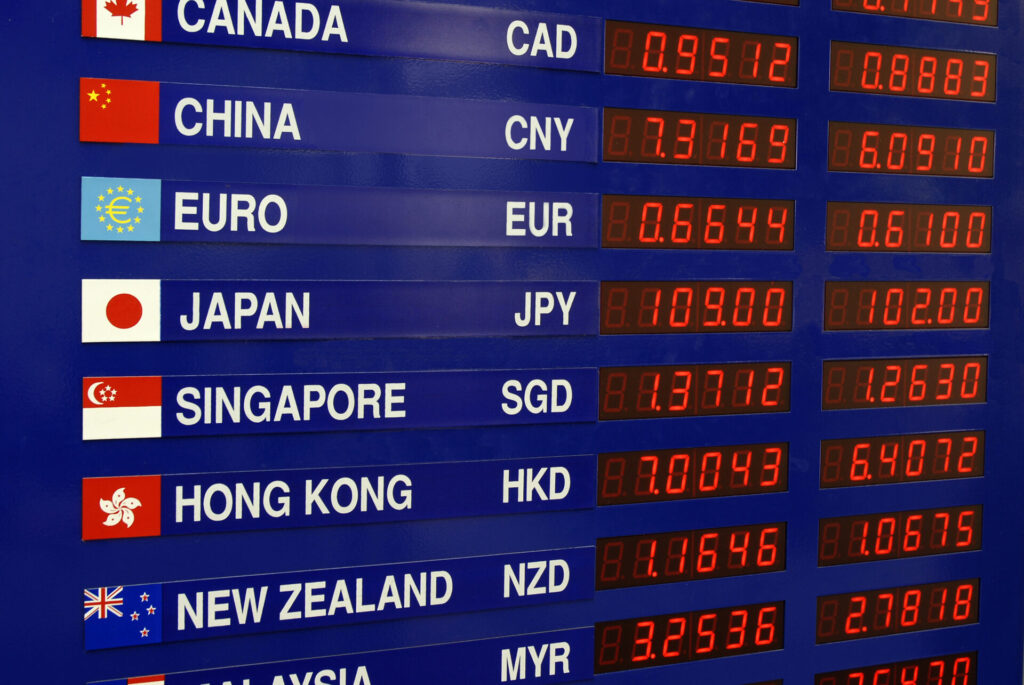
Central banks have this fantastic tool called the official policy rate. They play around with it to control how much money is in the economy. So, they can jack up interest rates when they think things are heating up too much, maybe causing inflation. Doing that sucks out some of the money, like putting the brakes on. Analysts call this a ‘contractionary monetary policy’ move because it’s aimed at slowing down the money supply and the economy’s growth rate.
But then, on the flip side, when the economy is dragging its feet, and inflation is looking weak, central banks can add some juice by trimming their target rate. This pumps up the money supply, giving the economy a nice push. That’s when analysts would call the monetary policy ‘expansionary.’ Therefore, we may describe monetary policy as contractionary when policy rates are high. And when they are low, we may describe it as expansionary.
Why Should Traders And Other Market Participants Understand How Contractionary And Expansionary Policies Work?
Understanding expansionary and contractionary monetary policies is vital for traders and market professionals. Here’s why:
Forecasting Market Trends: These policies impact interest rates. Changes in rates influence stock, bond, and forex markets. Grasping this helps traders predict market trends.
Reading Economic Indicators: Central banks adjust monetary policy in response to economic indicators. These include inflation, unemployment, and GDP growth. By understanding these responses, traders can predict economic trends.
Managing Risk: Knowledge of these policies can aid effective risk management. Traders can predict how interest rate changes might affect their portfolios. They can then adjust strategies.
Planning Investment Strategy: Monetary policies impact different asset classes in varied ways. For example, contractionary policy may harm stocks but benefit certain bonds. Understanding this helps traders tailor investment strategies.
Understanding Sectoral Impact: Different economic sectors react uniquely to monetary policy changes. Traders who grasp this can invest in sectors likely to benefit from specific policies.
In summary, understanding these policies lets traders predict economic and financial changes. It helps them develop strong trading strategies and manage risk effectively.
What Is a Business Cycle in Short?
The business cycle refers to the changes in economic activity over time. A cycle consists of periods of expansion and contraction in economic output. Economists often measure these cycles in terms of changes in the gross domestic product (GDP). Various factors, such as changes in consumer spending, business investment, government policies, and external events, can cause them. As the economy goes through these cycles, different sectors and industries may experience varying levels of growth or decline.
The length of a business cycle may vary, but they often last several years, changing periods of growth and decline. The length of each cycle stage can also differ, but expansions usually last longer than contractions. Central banks manage business cycles using monetary policies.
Expansionary monetary policy is used during recessions. If the economy slows down or shrinks, central banks stimulate it. They lower interest rates and reduce bank reserve requirements. They might also increase the money supply through open market operations. These steps spur borrowing and investment. This promotes economic growth and jobs.
Central banks use contractionary мonetary policy during peak economic phases. If the economy grows too fast and risks overheating, they take action. Overheating can lead to high inflation. To combat this, central banks might raise interest rates. They could increase reserve requirements or sell securities to reduce the money supply. These actions help slow the economy. They control inflation and prevent economic bubbles.
Timing policy changes is a challenge. Central banks must often act before changes in the economy occur. They base these actions on various indicators and forecasts. Moreover, monetary policy is not the only way to manage business cycles. Fiscal policy measures, like government spending and taxes changes, are also crucial.
What Is Neutral Interest Rate?
The neutral interest rate is a valuable point of comparison. It allows us to determine the stance of monetary policy at a point in time. Economists define it as the interest rate that does not stimulate or hinder economic growth. If policy rates are above the neutral rate, monetary policy is contractionary. However, monetary policy is expansionary if policy rates are below the neutral rate. Market professionals often estimate the neutral rate as the average policy rate over a business cycle.
However, economists may have varying opinions on the neutral rate for a particular economy. As a result, this leads to varying views on whether monetary policy is contractionary, neutral, or expansionary. Nonetheless, economists generally agree to determine the neutral policy rate by two factors: the real trend rate of growth of the economy and the long-run expected inflation rate.
Analysts use the growth rate of the economy to estimate the neutral rate. This rate can be maintained in the long term without triggering inflation. Say an economy has a trustworthy inflation-targeting system. It has a 2% inflation target and can grow reliably at 2.5% a year. The neutral rate could be seen as trend growth plus the inflation target. So, it’d be 4.5%. Central banks often point to what they think the neutral rate is. But it’s hard to pinpoint and often needs updating. Many Western countries have recently lowered their trend growth estimates. This came after the credit bubble burst. Governments and individuals needed to cut their spending and repay debts.
*The trend growth rate is the long-run economic growth rate that gives rise to stable inflation. It’s difficult to determine, but estimating it by adding the inflation target to the sustainable long-term growth rate is possible. Central banks often point to what they believe the neutral rate to be, but determining this rate is more art than science.
In a sense, the trend growth rate could be seen as “neutral” in relation to expansionary or contractionary monetary policy. It represents the optimal state of the economy where it is neither overheating (which might call for contractionary policy) nor underperforming (which might call for expansionary policy). We could say that the trend growth rate is neither expansionary nor contractionary. It is instead a benchmark against which the performance of an economy is measured and the stance of monetary policy is gauged.
Decoding Inflation: How Identifying Root Causes Shapes Monetary Policy?
Identifying the root cause of rising inflation is critical to monetary policy. When inflation is rising and poses a threat, it’s crucial to determine its reason. If consumers and businesses spend more due to increased optimism, it’s a demand shock. Therefore, a contractionary monetary policy could help control inflationary pressures from domestic demand. However, if rising oil prices cause inflationary pressures, it’s a supply shock. Raising interest rates in this scenario could worsen the situation as consumers face higher fuel costs. It could lead to reduced profits, spending, and, eventually, higher unemployment. Therefore, the monetary authority must identify the root cause of the problem before making significant changes to monetary policy.
Limitations of Monetary Policy
Monetary policy impacts the economy through a mechanism. This includes both expansionary and contractionary policy. However, it has limits. We’ll examine these within this context.
Low interest rates present a challenge. This is the zero lower bound. It limits the efficacy of expansionary policy. It becomes tough to lower interest rates further. Thus, the policy’s impact lessens.
Time lags affect monetary policy. Changes take time to permeate financial markets. They influence lending rates, borrowing costs, and spending. It’s hard to match policy changes with the economy.
Expectations and perceptions are vital. They can affect responses to monetary policy. Pessimism can lessen the impact of changes in rates or credit. This limits policy effectiveness.
Unconventional policy measures can distort markets. These include low interest rates or large-scale asset purchases. These can result in excessive risk-taking. This affects the transmission mechanism.
The transmission mechanism mainly influences finances. It doesn’t control variables like productivity or wage growth. Other factors and policies shape these variables.
Global interdependencies affect the mechanism. Monetary actions can impact exchange rates, capital flows, and trade. Coordinated efforts may be necessary.
Central banks must understand these limits. They need to adapt their strategies. Analysis, coordination, and flexibility are critical.
Sometimes, the demand for money is infinitely elastic. This is a liquidity trap. It can make expansionary policy ineffective. More money doesn’t lower interest rates or impact real activity.
An example of a liquidity trap occurred during Japan’s “Lost Decade” of the 1990s. The Bank of Japan had lowered interest rates to near zero to stimulate economic growth and combat deflation. Even though interest rates were low, people and businesses didn’t want to spend or invest. They lacked confidence in the economy. So, what happened? The central bank pumped money into the economy.
But it didn’t lead to lower interest rates or more spending. Why? Individuals and businesses preferred to keep their money. They didn’t want to spend or invest it. This situation is called a liquidity trap. In it, the demand for money becomes perfectly elastic. As a result, monetary policy loses its effectiveness. Perfectly elastic demand for money refers to a situation where the demand for money does not change in response to changes in the interest rate. In this case, the demand curve for money is horizontal.
How Does Interest Rate Adjustment Work in a Deflationary Environment, and How Does Quantitative Easing Serve as a Response to This Situation?
Deflation, a widespread and persistent fall in a general price index, is more difficult for conventional monetary policy to deal with than inflation. This is because cutting nominal interest rates much below zero to stimulate the economy is challenging. As a result, the economic conditions for a liquidity trap arise.
If conventional monetary policy—the adjustment of short-term interest rates—can no longer stimulate the economy once the zero or even negative nominal interest rate bound has been reached, is monetary policy useless? After the 2008 credit bubble collapse, governments and central banks of many developed economies (the US and UK, the EU) cut rates to near zero, but the banking crisis caused banks to reduce lending drastically, there were concerns that the economies would not respond to the monetary medicine.
The Bank of England other central banks in developed countries took an unusual step to kick-start their economies. They used quantitative easing (QE). The Bank of England, for instance, bought gilts with three to five years of maturity. The goal? To boost money growth and kick-start economic activity.
What are Gilts?
The term “gilt” is the short version of the original term “gilt-edged securities,” which referred to the certificates issued by the British government in the 19th century to fund public spending. The certificates had gilded edges as a security feature to prevent forgery. Over time, “gilt” became a synonym for UK government bonds, regardless of whether they had gilded edges.
What Is Quantitative Easing?
Let’s say that a country’s central bank wants to increase the money supply in the economy to boost economic activity. To do this, it decides to buy government bonds from commercial banks. The central bank prints new money and uses it to purchase these bonds, effectively injecting new money into the banking system.
As a result, commercial banks now have extra cash reserves, and they can use these reserves to lend to businesses and consumers, stimulating economic spending and investment. This increase in lending and spending can lead to higher economic growth, increased employment, and higher inflation, which are the goals of quantitative easing.
So, yes, quantitative easing (QE) is an expansionary monetary policy.
Why Would Commercial Banks Hold Government Bonds on Their Books?
When a central bank conducts quantitative easing and buys government bonds, it injects new money into the economy, creating excess reserves for banks. Banks may then use these excess reserves to buy government bonds as a safe investment option, as these bonds are considered low-risk and stable income sources. Additionally, holding government bonds can satisfy regulatory requirements for banks to maintain certain capital levels. Overall, holding government bonds can provide commercial banks a relatively safe and liquid way to invest their excess reserves.
Conclusions
There’s a lot of debate about whether quantitative easing, or QE for short actually does the trick. On the one hand, some market professionals firmly believe it played a significant role in boosting economic growth and staving off deflation during the financial crisis. However, on the other hand, some argue its impact was somewhat limited. They worry about the long-term consequences, things like inflation and asset bubbles, and believe these could potentially overshadow any short-term benefits.
Moreover, another group of critics feels that QE mostly just filled the coffers of the wealthy without making much of a difference for the average person on the street. At the end of the day, whether or not QE hits the mark depends on a whole bunch of factors. This includes specific economic conditions at the time and how effectively the policy is implemented.
Central banks can buy assets in a quantitative easing program with government authority, and the central bank is just like any other bank. Accumulating bad assets could lead to losses and a loss of confidence in fiat money.
Monetary authorities face an ultimate problem trying to control the money supply to affect the real economy. They cannot control the amount of money that households and corporations deposit in banks and neither they can force banks to expand credit and create money. Consequently, there are limits to the effectiveness of monetary policy.
If you liked this article, check out our other articles from the same series.



